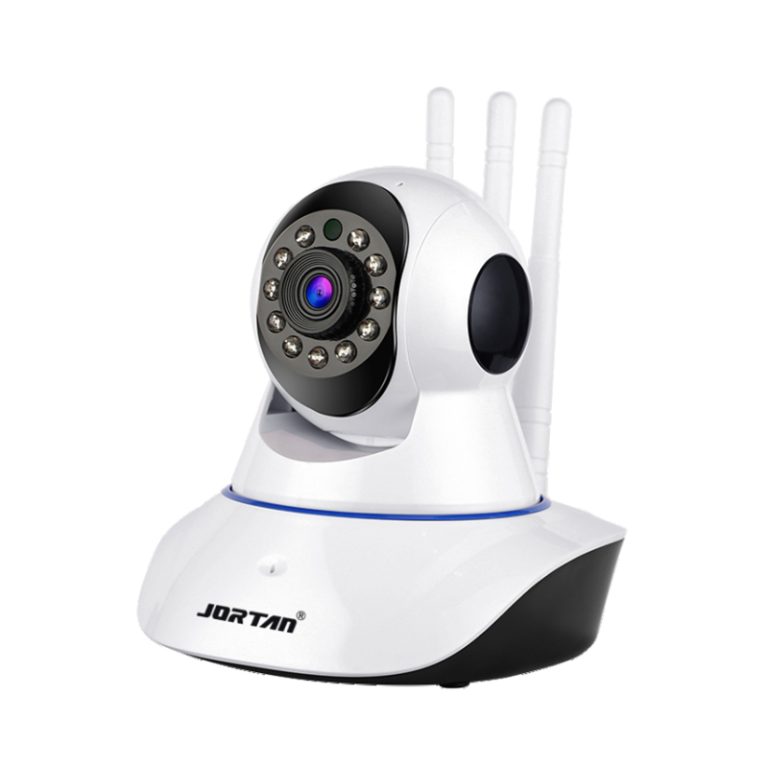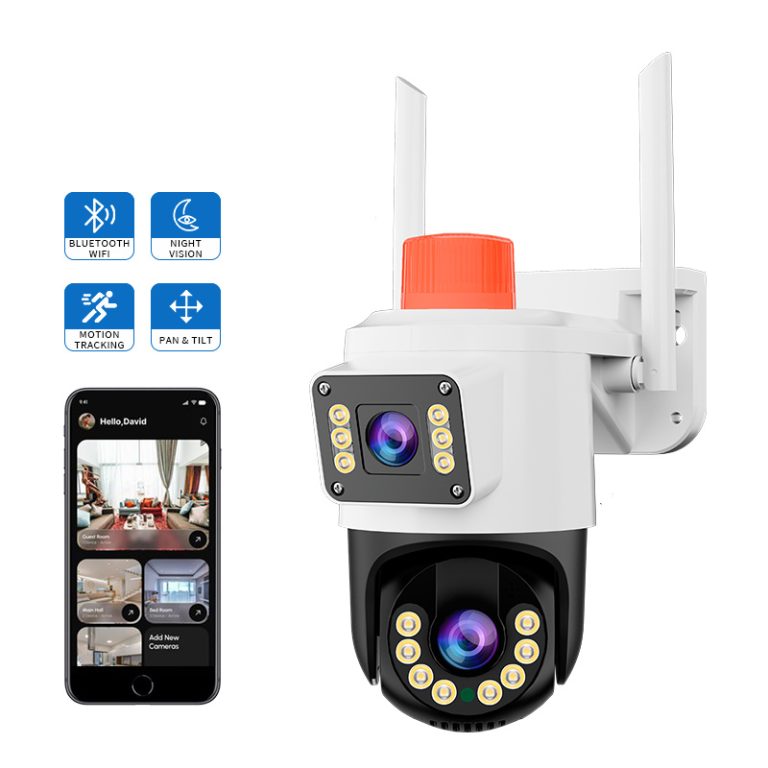A solar WiFi CCTV camera system requires proper installation methods combined with regular maintenance and thorough understanding of environmental conditions to achieve maximum performance and extended lifespan. The systems provide flexible operation with energy-efficient performance but their reliability depends on thorough maintenance of all system components starting from mounting to networking.
ZheJiang Jortan Electronic Technology. provides advanced surveillance solutions through their complete product line and service offerings which stem from their long history of innovation. The Chinese company Jortan Electronic Technology established its operations in 2013 to produce security equipment while providing complete development and manufacturing and sales and maintenance services. The company operates from a 20,000m² facility with 450 experienced staff members who have established Jortan as a worldwide trusted security provider. The company demonstrates its commitment to quality through OEM/ODM services and its 2022 recognition as an innovative enterprise.
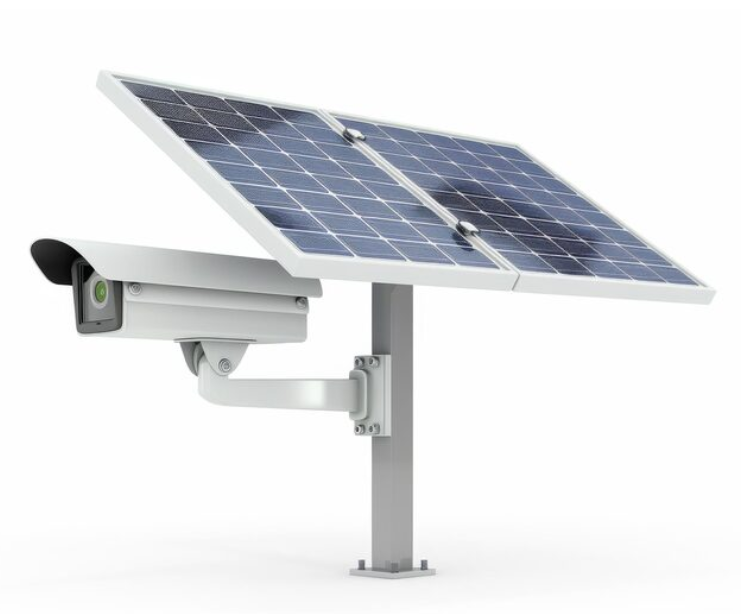
What Installation Practices Help Maximize System Durability?
The initial protection against premature system failure and wear occurs through correct installation procedures. The entire system’s operational stress resistance depends on all decisions made during installation starting from location selection through hardware quality choices.
Choosing Optimal Mounting Locations for Weather Resistance
The protective function of a secure mount point shields your device against environmental threats which include rain and snow and direct sunlight exposure. The installation of cameras should happen under eaves or within weatherproof enclosures whenever feasible. The JT-8161QJ requires a stable waterproof spot for installation according to the manufacturer’s recommendations. The protective design maintains operational status for both internal electronic components and lens mechanisms throughout extended usage.
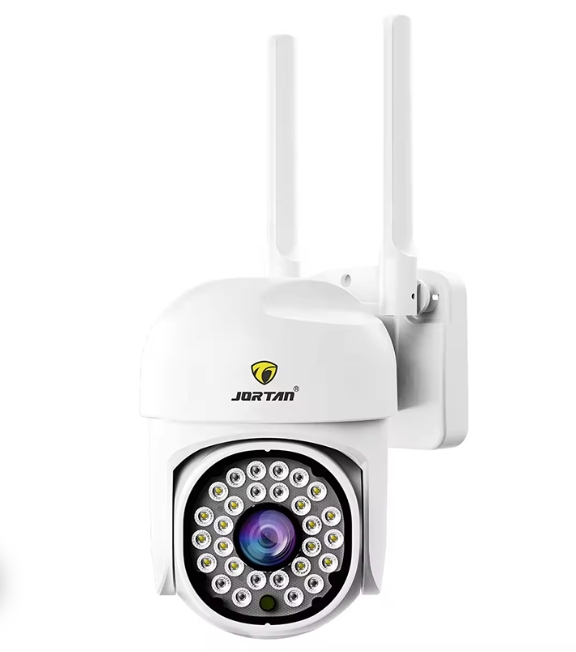
Ensuring Stable Power Input Through Solar Panel Orientation
The operation of solar-powered units depends on receiving direct sunlight at its best. The panels need to point directly south (in northern locations) at a tilt that corresponds to your location’s latitude to achieve peak performance. The charging performance will decrease when panels are placed in shaded locations or when sky visibility is blocked.
Using Quality Hardware Like Jortan’s JT-8161QJ for Long-Term Use
The selection of products forms the foundation for durability. The JT-8161QJ has an IP66 rating which makes it waterproof and it can track human motion while operating in night vision conditions. The ABS housing of this product provides protection against physical harm while keeping the device lightweight and easy to handle.
How Does Regular Maintenance Impact Performance?
The maintenance process serves to protect image quality while ensuring power stability and communication system reliability.
Cleaning Camera Lenses and Solar Panels Periodically
The accumulation of dust on lenses causes image blurriness while solar panel dirt reduces their ability to absorb energy. Regular cleaning with soft microfiber cloths and lens-safe cleaning solutions will help preserve both visibility and power input efficiency.
Inspecting Cabling and Connectors for Wear or Corrosion
Wireless systems contain power and accessory connectors which need regular inspection for signs of corrosion and insulation damage that might lead to short circuits or connectivity problems.
Scheduling Firmware Updates for Models Like JT-8293QJ
The firmware updates resolve system bugs while enhancing operational performance and introducing fresh capabilities. The JT-8293QJ enables Yoosee App users to perform remote firmware updates and supports mobile client monitoring and object tracking alarm notifications and MJPEG snapshot functionality.
What Environmental Factors Should Be Considered?
Environmental factors will affect both your camera performance and its operational life span unless you take them into consideration during the planning stage.
Managing Exposure to Extreme Temperatures and Humidity
The combination of high temperatures shortens battery lifespan but cold temperatures reduce system performance and cause mechanical components to freeze. The JT-8293QJ device passed a 7*24 – hour 65°C high – temperature test which proves its stability and reliability for harsh environments when properly installed.
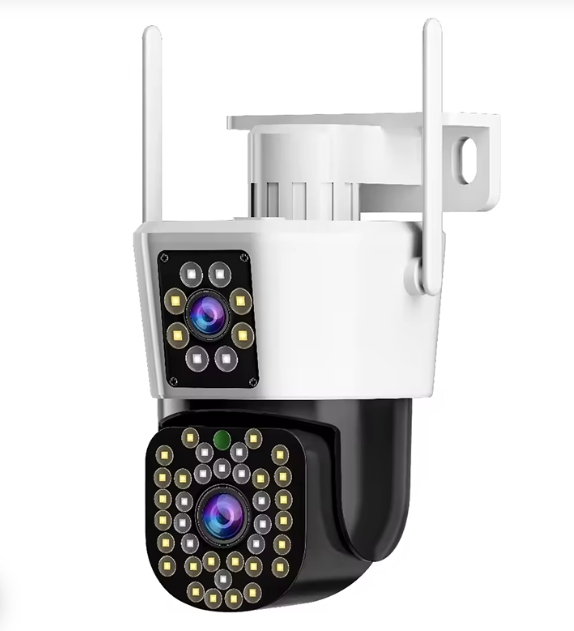
Protecting Against Debris and Physical Obstructions
The camera lenses become blocked by leaves and insects and cobwebs and bird nests. Cameras need to stay away from thick vegetation and require protective covers when needed.
Selecting IP66-Rated Devices Such as JT-8161QJ
The IP66 certification ensures the device withstands both dust penetration and strong water jet exposure. The product features IP66 waterproof and dustproof construction which makes it suitable for outdoor use in harsh weather conditions.
How Can Power Management Improve System Longevity?
The operational stability of solar WiFi CCTV camera systems depends heavily on power efficiency because these systems operate in remote areas without access to the electrical grid.
Monitoring Battery Health in Solar-Powered Units
The process of battery degradation results in reduced time between charging sessions. Units with built-in battery health indicators or remote monitoring apps through voltage level tracking enable users to detect potential failures before they occur.
Avoiding Overcharging or Deep Discharge Cycles
The optimal operating range for lithium batteries exists between 20% and 80% charge capacity. Smart controllers operate automatically to manage charge cycles which results in longer battery life without requiring user involvement.
Utilizing Energy-Efficient Features in Jortan Cameras
The JT-8293QJ model employs H.265 compression technology and H.266 video compression technology to achieve high-definition image quality while reducing storage requirements and power usage for video encoding which is essential for solar-powered systems.
Why Is Network Optimization Important for System Stability?
Network reliability determines the speed at which real-time monitoring functions and alert delivery occurs particularly during security incidents or emergencies.
Maintaining Strong WiFi Signal Strength Across Installations
The placement of antennas should be at a distance from metal objects because they create weak signal reflections. The camera units should maintain direct line-of-sight with routers but mesh networks become necessary for complicated network arrangements.
Securing Network Access to Prevent Unauthorized Interference
Your surveillance feed will be protected from hacking attempts by using WPA2 encryption protocols together with strong passwords. The wireless standard operates under IEEE 802.11b/g/n while security features include 64/128-bit WEP and WPA/WPA2 encryption. The security of your network will improve when you disable all unnecessary router ports.
Using Apps Like Yoosee for Efficient Device Management
The Yoosee App allows users to monitor multiple cameras through their mobile devices and supports both iOS and Android operating systems for mobile monitoring under the English brand name YOOSEE. The system provides essential features for big installations through its user-friendly interface which enables live viewing and firmware updates and alarm management and multi-user access.
What Role Does Product Selection Play in Long-Term Reliability?
Different surveillance devices have varying levels of quality in their construction despite showing equivalent technical specifications. The performance of a unit under prolonged stress depends on the quality of its components.
Comparing Build Quality and Component Standards
The evaluation of camera durability requires more than just checking resolution specifications because sensor types between CMOS and CCD and lens coatings and housing materials between ABS and metal and PCB layout quality all impact long-term durability in field environments.
Prioritizing Features Like Night Vision and Motion Tracking
The system includes advanced features which enable full-color night vision through infrared LEDs for better usability in low-light situations while maintaining daytime-like clarity with 4 white lights and 4 infrared lights. The system tracks motion automatically to send real-time alerts which proves essential for off-grid operations that need to optimize bandwidth usage.
Selecting Proven Products Like JT-8293QJ from Jortan
The JT-8293QJ features dual-lens imaging and abnormal sound detection and two-way audio and vandal-proof housing designed for outdoor deployment. The device supports micro SD cards up to 256GB and cloud storage solutions which provide adaptable backup methods for various deployment settings.
How Can Professional Support Enhance System Lifespan?
The selection of hardware components represents only one essential element because users need to access professional help when their system requires maintenance after installation.
Leveraging OEM/ODM Services Offered by Jortan
The integration of custom branding features enables organizations to connect their security solutions with existing systems while maintaining platform compatibility. Our OEM service provides two options for branding: we can remove all logos from the camera or we can print your company logo directly onto the device.
Accessing Technical Assistance for Troubleshooting and Upgrades
The company provides customized software reengineering options which enable customers to access online technical support for resolving configuration errors and remote firmware updates.
Utilizing Warranty Coverage for Repairs or Replacements
With warranties ranging from one year upwards depending on model, One year warranty from delivery date except for man-made damage. you’re protected against manufacturing defects—ensuring operational continuity without incurring additional costs prematurely.
FAQ
Q1: How should I set up a solar-powered WiFi CCTV camera outdoors for optimal performance?
A: Choose a waterproof location with clear sky exposure facing true south (northern hemisphere). Mount securely using corrosion-resistant brackets away from obstructions like trees or walls.
Q2: How often should I clean my solar panel?
A: Clean every two weeks using distilled water and soft cloths if exposed directly outdoors; more frequently during pollen-heavy seasons or dusty environments.
Q3: How do I prevent battery degradation in solar-powered models?
A: Avoid full discharges by ensuring consistent sunlight exposure daily; use smart controllers that regulate charging cycles automatically based on battery health metrics.

